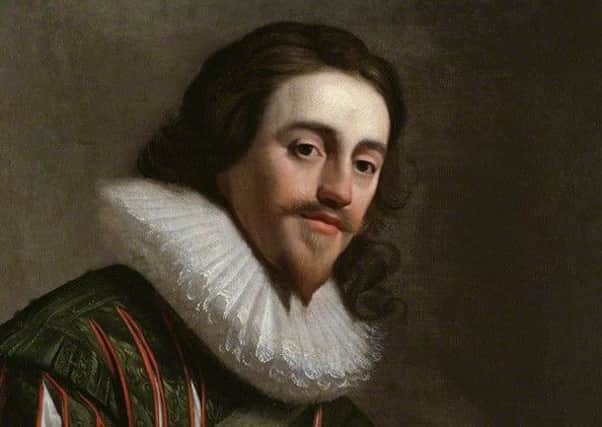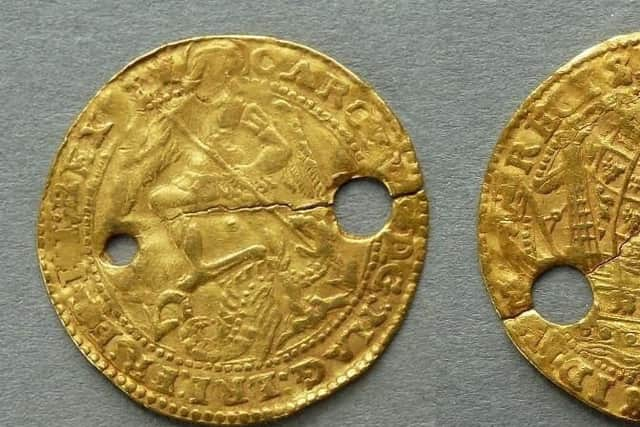When the King '˜healed' 100 people at Holyrood Palace


Around 100 people attended the Scottish coronation of Charles I at the Palace of Holyroodhouse to take part in the “Touching for the King’s Evil” ceremony.
The King’s Evil was the name given to scrofula, a swelling of the lymph nodes usually caused by tuberculosis, with monarch’s believing their power to heal indicated their divine right to rule.
Advertisement
Hide AdAdvertisement
Hide Ad

However, scrofula was not considered a serious illness and usually cleared up on its own.
Sir James Balfour, Lyon King-at-Arms, witnessed the ceremony, on June 24 1633, and recorded the scene in the Annals of Scotland.
He wrote that Charles ‘touched about 100 persons that were troubled with the King’s eiuell, putting about every one of ther neckes a pice of gold (coyned for the purpois) hung at a whyte silk riband.”


The practice of “touching” began with King Edward the Confessor in England and Philip I (1052-1108) of France in the 11th Century.
Those “treated” received special gold coins, or touchpieces, which were considered by their wearers as a form of amulet.
A gold touchpiece issued by Charles I sits in the Royal Collection and dates from around 1627.
The ceremony was practiced by all of the Stuart Kings and Queens, and although it was later practiced by Queen Anne it was discontinued under William and Mary and the Hanoverian Kings.
Advertisement
Hide AdAdvertisement
Hide AdThe ritual was favoured by Bonnie Prince Charlie and his father and the Prince is known to have taken part in a similar ceremony at the Palace of Holyroodhouse during his stay in autumn 1745 amid his attempt to capture Edinburgh Castle.
